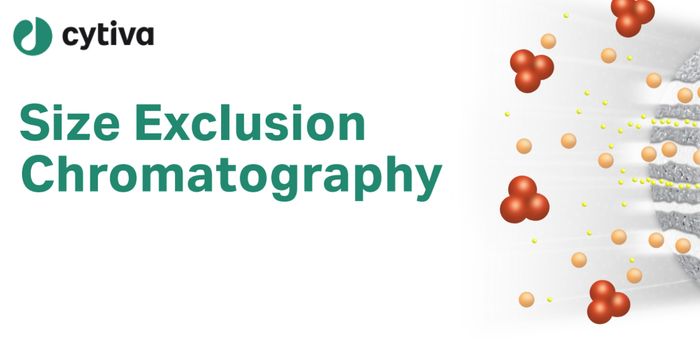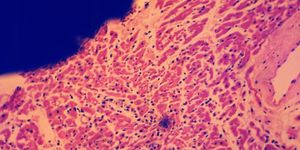Vision of Retinitis Pigmentosa Patient Partially Restored by New Therapy
Scientists have been developing gene therapies that can help restore vision that's lost due to a problem with a gene, and one kind of gene therapy might be able to help people that have vision problems regardless of what gene has caused the problem. Researchers have now demonstrated that optogenetic therapy has the potential to help people with a genetic disorder called retinitis pigmentosa, in which rod and cone cells die off.
Reporting in Nature Medicine, scientists treated a 58-year-old retinitis pigmentosa patient with optogenetic therapy. After the therapy, he regained the limited use of his vision if he used special goggles that delivered amber light pulses to his dysfunctional eye, which had received the treatment.
In previous iterations of this therapy, a protein called channelrhodopsin-2 was isolated from algae and delivered to patients. But in order for the protein to work, a lot of blue light stimulation was needed - so much light that it was potentially harming other cells. Researchers set out to find a different method, and they created a technique that sends the genetic instructions to make the protein to ganglion cells in the eye instead; the genetic material is contained in a vector called an adeno-associated virus (AAV).
After light is collected by rod and cone cells, the information is sent on to bipolar cells and then ganglion cells, which send the visual information to the brain. The ganglion cells are also easy to reach to deliver the treatment; the AAV can simply be injected into the center of the eye. The ganglion cells remain even when rods and cones die.
Optogenetic proteins only work within a range of conditions, however, and aren't a substitute for normal vision. When a light source is constant, these ganglion cells won't keep firing on their own. As such, the patient has to wear goggles that deliver light pulses to his eye. Any patients getting this therapy in the future may also need special goggles.
But, the man can now see and count objects even though he could not before; he can pick out objects on a table, the stripes in a crosswalk, and detect motion. While this is not a cure for blindness, it could be a huge improvement for many people.
Preliminary results from a company called Bionic Sight that's also trying to create ontogenetic therapies have been successful, they reported. Specific information about those results have not yet been released, however, and cannot be evaluated.
Sources: Science News, Nature Medicine









